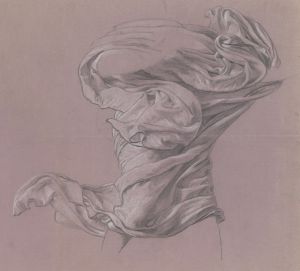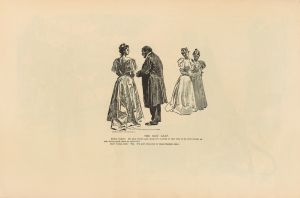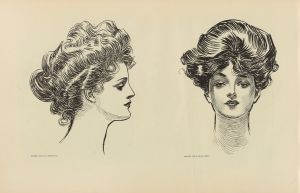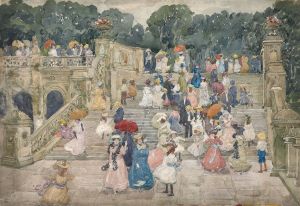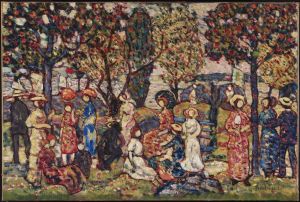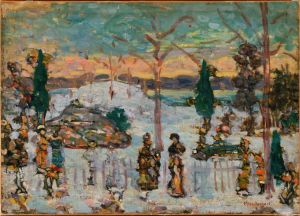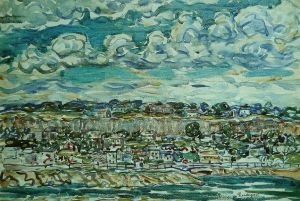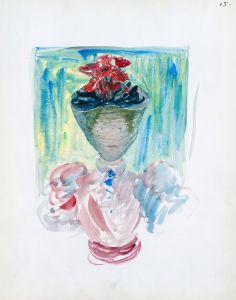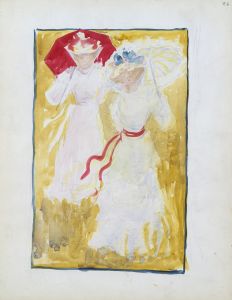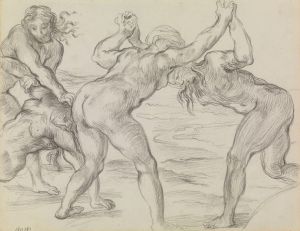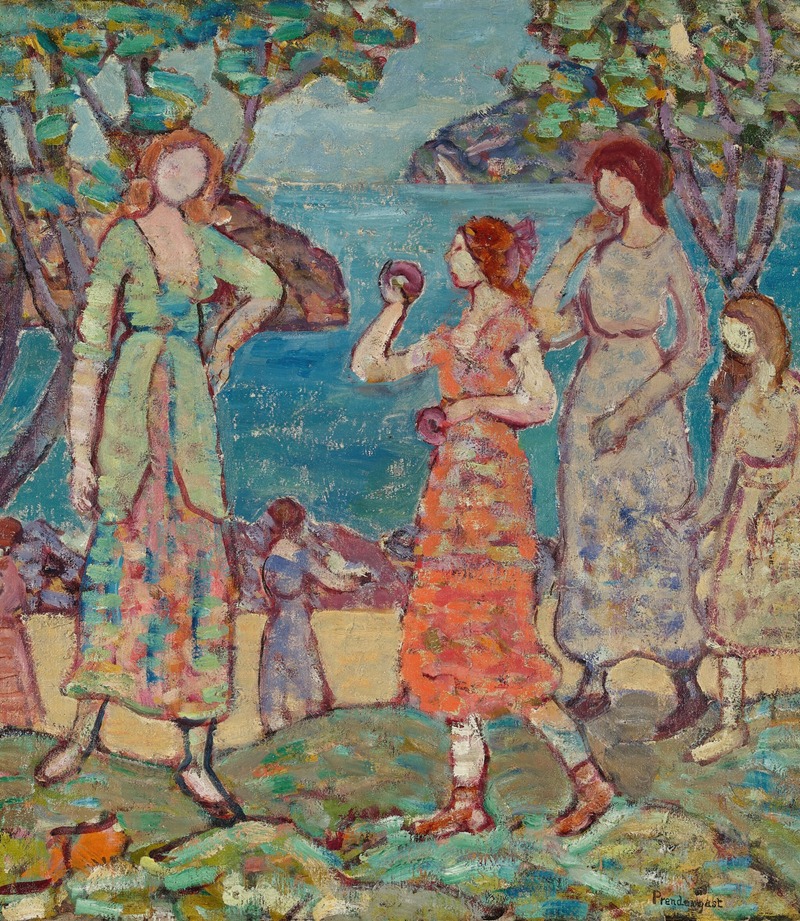
Girls at the Inlet
A hand-painted replica of Maurice Prendergast’s masterpiece Girls at the Inlet, meticulously crafted by professional artists to capture the true essence of the original. Each piece is created with museum-quality canvas and rare mineral pigments, carefully painted by experienced artists with delicate brushstrokes and rich, layered colors to perfectly recreate the texture of the original artwork. Unlike machine-printed reproductions, this hand-painted version brings the painting to life, infused with the artist’s emotions and skill in every stroke. Whether for personal collection or home decoration, it instantly elevates the artistic atmosphere of any space.
"Girls at the Inlet" is a painting by the American artist Maurice Prendergast, a prominent figure in the Post-Impressionist movement in the United States. Prendergast, born in 1858 in St. John's, Newfoundland, and raised in Boston, Massachusetts, is known for his vibrant use of color and innovative compositions. His work often features leisurely scenes of people enjoying public spaces, reflecting the social changes and urbanization of the late 19th and early 20th centuries.
"Girls at the Inlet" exemplifies Prendergast's distinctive style, characterized by a mosaic-like arrangement of color and form. The painting depicts a group of young women gathered at a scenic inlet, a common theme in Prendergast's oeuvre, which frequently explores the interaction between figures and their natural surroundings. The scene is lively and dynamic, capturing a moment of leisure and social interaction.
Prendergast's technique involves the use of watercolor and oil, often on paper or canvas, to create a sense of movement and light. His approach to color is influenced by the French Post-Impressionists, particularly Paul Cézanne and Pierre Bonnard, whose work he encountered during his travels in Europe. Prendergast's palette is typically bright and varied, with a focus on capturing the effects of light and atmosphere.
The composition of "Girls at the Inlet" is notable for its rhythmic arrangement of figures and landscape elements. Prendergast employs a flattened perspective, a hallmark of his style, which emphasizes the decorative quality of the scene. This approach reflects his interest in Japanese prints and the work of the Nabis, a group of avant-garde artists in France who sought to integrate art and life.
Prendergast was a member of The Eight, a group of American artists who exhibited together in 1908 in opposition to the conservative standards of the National Academy of Design. Although The Eight were diverse in style and subject matter, they shared a commitment to depicting modern life and exploring new artistic techniques. Prendergast's contribution to this movement was his unique blend of Post-Impressionist color theory and American subject matter.
"Girls at the Inlet" is part of Prendergast's broader body of work that captures the spirit of early 20th-century America, a time of social change and cultural development. His paintings are celebrated for their joyful depiction of everyday life and their innovative use of color and form. Today, Prendergast's work is held in major collections, including the Museum of Fine Arts in Boston and the Metropolitan Museum of Art in New York, where it continues to be studied and appreciated for its contribution to American art history.







